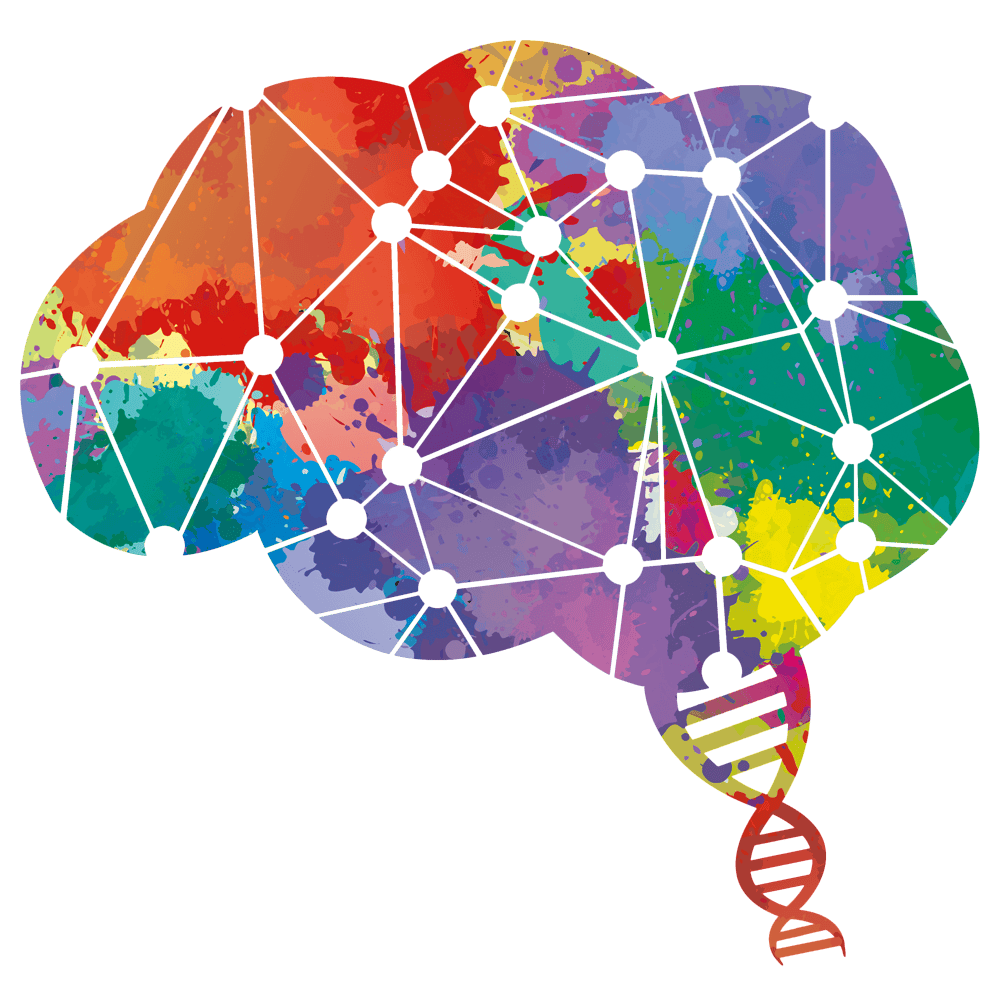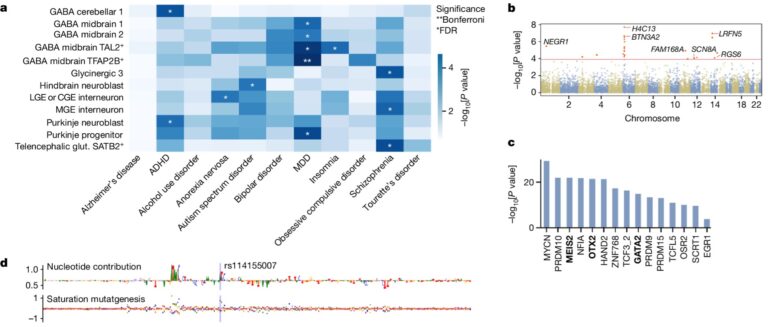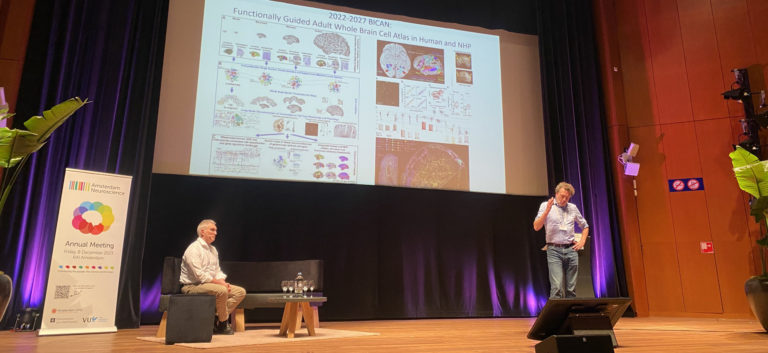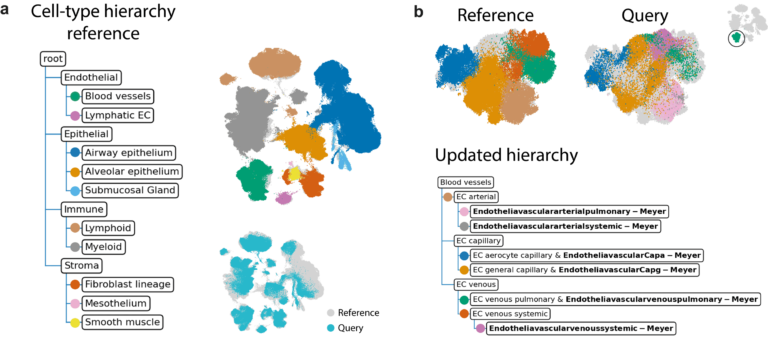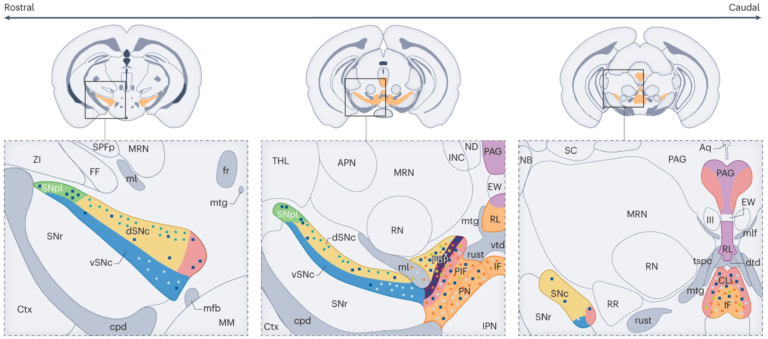A chromatin-accessibility map of the human embryonic brain
Through a tightly organized cascade of patterning, specification and differentiation events, the human brain develops into a highly complex system capable of unique cognitive abilities beyond those of other mammals. Although gene expression across the developing brain has been described at single-cell resolution, similar atlases of chromatin accessibility have been primarily focused on the regulatory landscape of the developing human forebrain in the second-trimester of pregnancy. A collaboration between Marijn Schipper and Danielle Posthuma from CNCR-CTG and Camiel Mannens and Sten Linnarsson from the Karolinska Institute Sweden has opened a new window in creating the first map of chromatin accessibility and paired gene expression in the entire embryonic human brain in the first three months of development. The study is published May 1, 2024 in Nature.
Read More